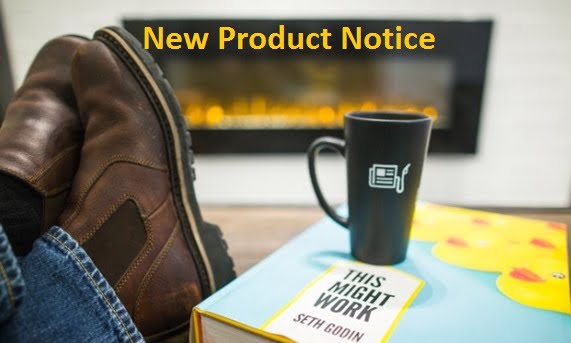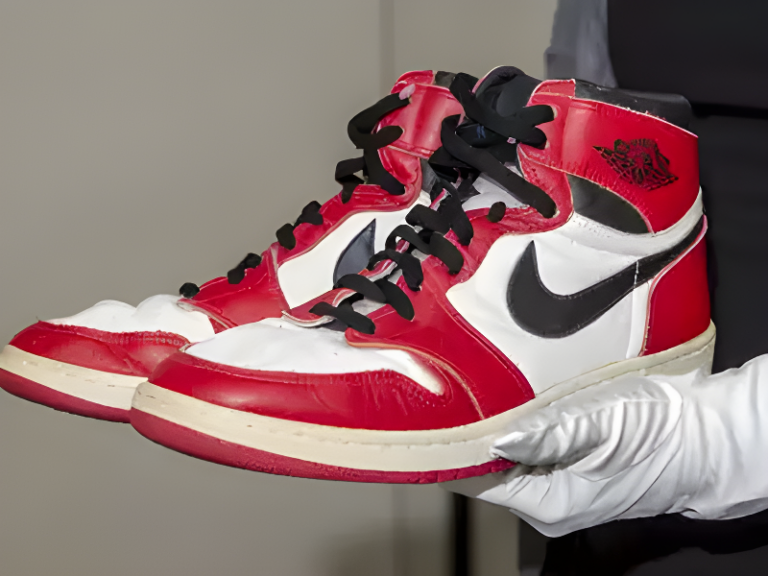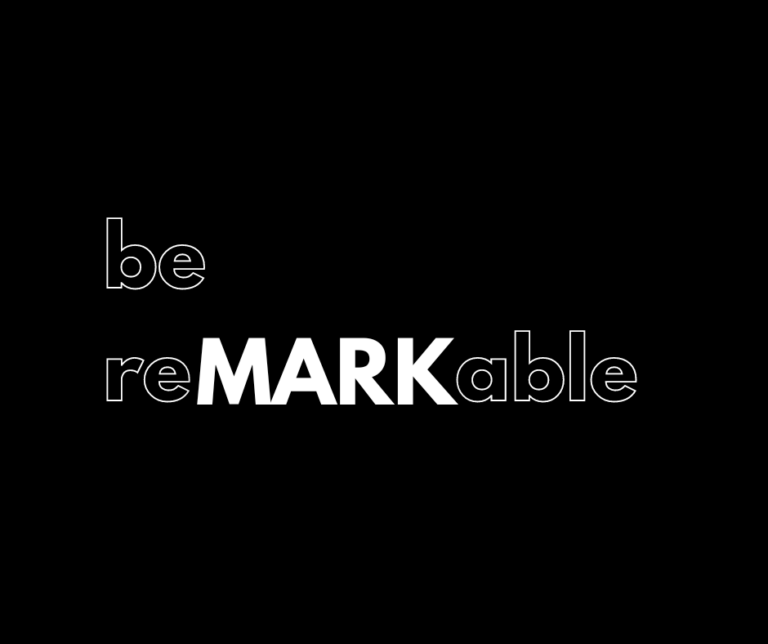10 Steps to Get Your New Product Noticed
I trust you are a smart person. Hence, I assume that you have done your basic homework before launching a new product.
You have selected a great product; made fantastic marketing and sales plan, selected the launch market, and recruited the right team. Your go-to-market plan is about to roll.
But this is elementary. In today’s world, you need to make the right noises to grab the attention of your prospective buyer.
Your new product is as successful as the noises you make.
Here is a 10- step plan to get noticed.
1. Start early.
Don’t expect reporters to write about you when you want. Begin preparing long before you plan to launch. Start your outreach activities 6-8 weeks before the official launch date and then keep the news going up to, and beyond the official launch date.
2. Influence the influencer.
Make the product or service available to important influencers as a first step. Influencers can be friendly customers, key stakeholders, prospects, or even bloggers who have a sizable online presence. Encourage these people to use your product or service and then write review articles or posts. These folks are also great resources to talk to analysts about your offering during the pre-launch phase.
3. Industry analysts are important
Brief industry analysts during this early phase as well. Scheduling calls with these folks takes time, so do this early. Invest the time to write compelling briefing requests. There are specific analysts for your product group in every publication house. Become friendly to these guys much before you need them. A good write-up on your brand can be ten times more impactful than advertising.
4. Seed the social media space
Seed the social space with “leaks.” Target people who are naturally eager to learn about your offering. For example, ‘coming soon’ tweets and ‘leaked’ photos of your product create an aura of intrigue that builds interest. Apple and Samsung are masters of this technique. Don’t reinvent the wheel, learn from them.
5. “Big Bang” Launch.
Don’t expect a “big bang” launch unless your product or service is truly revolutionary or if you are Microsoft or Apple. Or, you are blessed to be funded generously and you can afford to take a full-page advertisement in “Times of India” or any other leading publication. Unless you have a massive launch event planned, the official launch date should only signify the day your product is actually available on the retail shelf or your services is actually available.
6. Don’t stop making noises
Keep the release rolling. You don’t know when reporters will have time to write, so give them some opportunity to write about the offering after the official launch date. Continue to produce fresh news like announcements concerning novel uses of the product, customer stories, details about how the offering provides a return on investment (ROI) to customers, etc. On many occasions, reporters do not have enough material- your new product story can fill the gap.
7. Create a buzz with innovative ideas.
Do something unusual during the release cycle. Some examples include creating a funny video, doing a stunt centered around an industry event, publishing a survey that supports the value of your product, or creating an interesting infographic that describes the need for your product. As an example, Umpqua Bank in the US distributes free ice cream, whenever it opens a new branch.
8. Get partners involved.
Channel and marketing partners, who have a financial stake in the success of the launch, are natural allies. The more people that are talking about the release, the better chances it will get picked up. Get pre-launch meets organized with your trade partner and channel members Have distributor launch meets, where you can inform them about product details and get feedback. It gives you an opportunity to course-correct before the launch. Let them get the first preview of the product. Talk to your trade partners individually and they will start owning the project.
9. Make it easy for people to know and feel your product
Make it easy for people to learn more about your product with free trials, downloads, product videos, and demos. Ignore the elements of the launch that do not drive business. Don’t fuss about Facebook likes and Twitter followers. Concentrate on meaningful engagement with your prospects and wellwishers-offline and online. See who is talking about your offering online and then make contact with them. See how these folks can help you further promote your offering within their social circles.
10. Internal Marketing
The most important segment to market is your own company. Internal buzz and support is the most critical element for success.
Your superiors hold the key to pushing the project.
Your finance people hold the purse strings.
Your employees are your brand ambassadors- they spread the positive buzz even before the first unit is sold.
Internal marketing has to start at the time of conception.
I have seen great concepts failing because projects did not get adequate internal support.
You need this support from day one.
Some companies have been doing a great job of creating a rolling. Launch. I am a great admirer of Apple launches.
The hype, the “leaks”, creating larger-than-life launch, involvement of press, and customer stories of 12-hour waiting period to get the phone.
#newproduct #productlaunch #newbusiness #newarrivals #businessidea #Branding #BrandStrategy #reversemarketing #MarketingConsultancy #ProductLaunchSuccess #MarketingTips #BrandAwareness #MarketingStrategy #SalesBoost

Hemant Mishrra
About the author: Hemant is the Founder & CEO of branding and marketing firm ”Neeti Brand Accelerator” in Mumbai. He is a brand strategist and has worked with more than 150 brands during last two decades. He is also mentor and coach to SMEs and startups. You can visit the website www.www.neeti.biz. You can also contact him at hemant@neeti.biz







